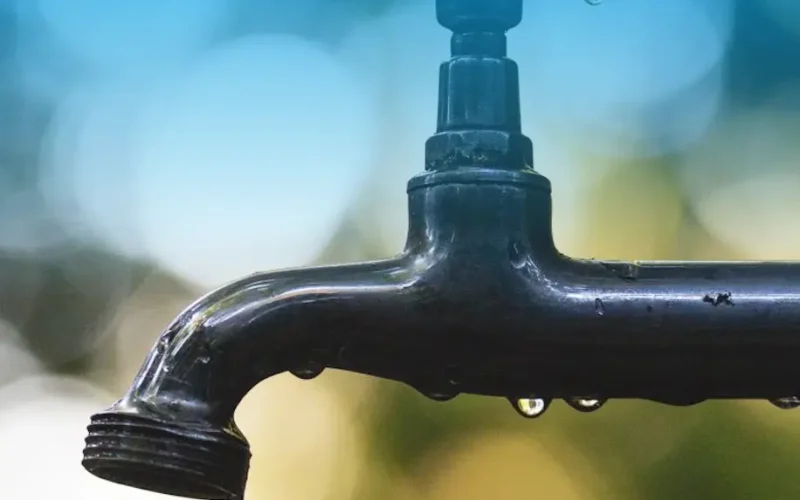Keeping clean and dirty water separate means less dirty water for you to deal with, saving time, effort and money. Taken from Section One of the 4 Point Plan, here are some top tips to consider:
- Hosing practices. Clean water used in hosing produces more dirty water. Where practical, scraping down surfaces to remove solid material before hosing makes it easier and reduces the amount of dirty water to collect and store. Using a pressure washer, where practical, instead of a volume washer can also help. Using less water and consequently less energy to deal with dirty water could increase financial savings (especially if using water from a mains supply).
- Look at stock routes around the steading. Could these be shorter or part-roofed to minimise the production of dirty water thereby reducing the quantity you have to collect, handle, store and apply to land?
- Roofing the midden. This could reduce the amount of water running through the midden and therefore the amount of effluent produced. Although not suitable for all, roofing the slurry store could also cut out a large percentage of rainwater and reduce the loss of greenhouse gases.
- Consider an alternative to the midden. Using well-sited temporary field heaps and leaving your existing midden clean and empty reduces the amount of effluent you have to collect. Scottish regulations require field middens to be sited at least 10m away from surface water or wetland or a minimum of 50m from a well, spring or borehole. Field middens must not be sited on shallow soils, gravel or fissured rock. If in an NVZ, field middens are restricted to 12 months duration, with a subsequent period of at least 24 months before creating a new midden on the same site.
- Fit and maintain guttering and downpipes. Ensure that guttering and downpipes are fitted to buildings and are not blocked with leaves or debris. Downpipes are often broken by stock or machinery, however replacement, repair and if necessary protection of these is a quick and simple job that could save you money in the longer term.
- Collect and use roof rainwater. Installing a collection system and using clean rainwater for hosing down is an excellent additional source of water, especially if you are paying for mains water.
- Maintain drinking troughs in good condition both inside livestock housing and around steading. Leaking troughs can increase costs through spoiling bedding and add to yard water, and in turn, could reduce slurry storage capacity.
- Stop that drip. Make sure taps are switched off when not in use and not leaking. A leak or dripping tap that loses 1 ml per second will increase water use by 31m³, or nearly 7,000 gallons in a year, according to SAC Consulting’s Alasdair Scott. That’s a lot of space for slurry storage…

